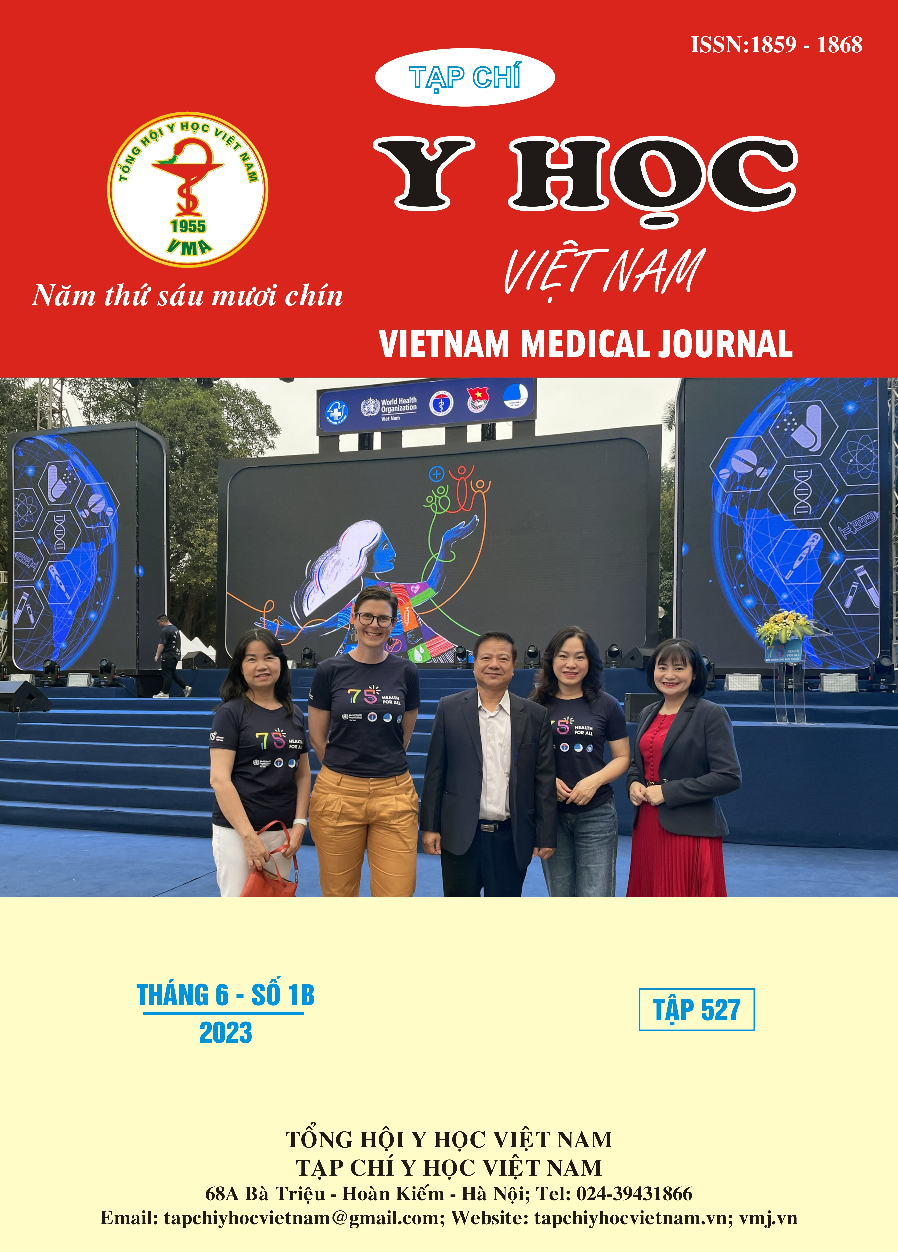PHÂN TÍCH CHI PHÍ HIỆU QUẢ CỦA SACUBITRIL/VALSARTAN SO VỚI THUỐC ỨC CHẾ MEN CHUYỂN TRONG ĐIỀU TRỊ SUY TIM CÓ PHÂN SUẤT TỐNG MÁU GIẢM TẠI VIỆT NAM
Nội dung chính của bài viết
Tóm tắt
Mục tiêu: Phân tích chi phí – hiệu quả của sacubitril/valsartan so với thuốc ức chế men chuyển angiotensin (ACEI) trong điều trị suy tim có phân suất tống máu giảm (HFrEF) tại Việt Nam. Phương pháp nghiên cứu: Mô hình hóa bằng mô hình Markov để phân tích chi phí – hiệu quả trên quan điểm người chi trả. Các tham số đầu vào của mô hình được phân tích dựa trên phân tích tổng quan hệ thống, hồi cứu dữ liệu thanh toán BHYT ở các bệnh viện nghiên cứu tại Hà Nội và thành phố Hồ Chí Minh và tham vấn ý kiến chuyên gia lâm sàng. Kết quả: Sacubitril/valsartan giúp tăng 0,50 QALY và 0,59 LYG khi so sánh với ACEI; đồng thời làm gia tăng chi phí từ 65,8 đến 74,4 triệu VNĐ. Chi phí tăng thêm cho một đơn vị hiệu quả tăng thêm (ICER) của sacubitril/valsartan đạt giá trị dao động từ 132,7 đến 149,6 triệu VNĐ/QALY khi so sánh với ACEI. Phân tích độ nhạy cho thấy tỷ lệ tử vong và hệ số chất lượng sống ảnh hưởng nhiều nhất đến chỉ số ICER và tỷ lệ khẳng định sacubitril/valsartan đạt chi phí – hiệu quả trong điều trị HFrEF so với enalapril đạt 90%. Kết luận: Trên quan điểm người chi trả, so với ngưỡng chi trả 1-3 lần giá trị thu nhập bình quân đầu người (GDP), sacubitril/valsartan đạt chi phí – hiệu quả so với thuốc ACEI trong điều trị HFrEF tại Việt Nam.
Chi tiết bài viết
Từ khóa
Sacubitril/valsartan, ACEI, HFrEF, chi phí-hiệu quả.
Tài liệu tham khảo
2. Loehr LR, Rosamond WD, Chang PP, Folsom AR, Chambless LE. Heart failure incidence and survival (from the Atherosclerosis Risk in Communities study). The American journal of cardiology. 2008;101(7):1016-22. doi: 10.1016/ j.amjcard.2007.11.061
3. McMurray JJ, Packer M, Desai AS, Gong J, Lefkowitz MP, Rizkala AR, et al. Angiotensin–neprilysin inhibition versus enalapril in heart failure. N Engl J Med. 2014;371:993-1004.
4. World Health O, Baltussen RMPM, Adam T, Tan-Torres Edejer T, Hutubessy RCW, Acharya A, et al. Making choices in health : WHO guide to cost-effectiveness analysis / edited by T. Tan-Torres Edejer ... [et al]. Geneva: World Health Organization; 2003.
5. Ademi Z, Pfeil AM, Hancock E, Trueman D, Haroun RH, Deschaseaux C, et al. Cost-effectiveness of sacubitril/valsartan in chronic heart-failure patients with reduced ejection fraction. Swiss Med Wkly. 2017;147:w14533. doi:10.4414/smw.2017.14533
6. Gaziano TA, Fonarow GC, Claggett B, Chan WW, Deschaseaux-Voinet C, Turner SJ, et al. Cost-effectiveness Analysis of Sacubitril/ Valsartan vs Enalapril in Patients With Heart Failure and Reduced Ejection Fraction. JAMA Cardiol. 2016; 1(6):666-72. doi:10.1001/ jamacardio.2016.1747
7. Park S-K, Hong S-H, Kim H, Kim S, Lee E-K. Cost-Utility Analysis of Sacubitril/Valsartan Use Compared With Standard Care in Chronic Heart Failure Patients With Reduced Ejection Fraction in South Korea. Clinical therapeutics. 2019; 41(6):1066-79.
8. Ahn SA, Jong P, Yusuf S, Bangdiwala SI, Pouleur HG, Rousseau MF. Early versus delayed enalapril in patients with left ventricular systolic dysfunction: impact on morbidity and mortality 15 years after the SOLVD trial. Journal of the American College of Cardiology. 2006; 47(9):1904-5.
9. Berg J, Lindgren P, Mejhert M, Edner M, Dahlström U, Kahan T. Determinants of utility based on the EuroQol five-dimensional questionnaire in patients with chronic heart failure and their change over time: results from the swedish heart failure registry. Value in Health. 2015;18(4):439-48.
10. Griffiths A, Paracha N, Davies A, Branscombe N, Cowie M, Sculpher M. The cost effectiveness of ivabradine in the treatment of chronic heart failure from the UK National Health Service perspective. Heart. 2014; 100 (13):1031-6.


